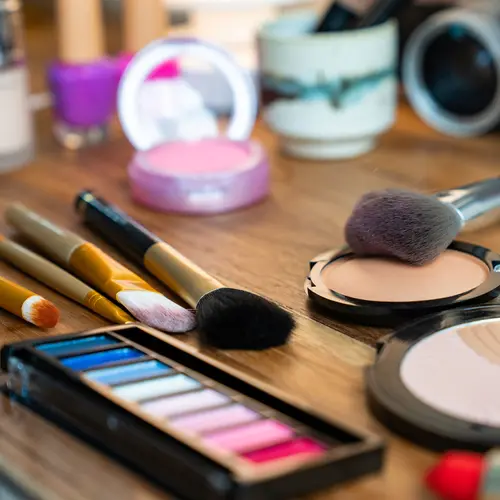Eyebrow and eyelash tinting is a beauty procedure where semi-permanent dye is painted onto your eyebrows or eyelashes. The purpose is to make them appear thicker, darker, and fuller. The procedure lasts for 15 minutes, but the color stays on for about 3 to 6 weeks. That is why it is a common beauty practice and is preferred over applying mascara.
Eyebrow and eyelash tinting is not an entirely safe practice. However, people still do it, and professionals even offer the service in salons. Although it is wise to have a professional tint your brows or lashes, some people think doing it yourself is a better idea. They cite such reasons as affordability, sanitation, and the ability to be more careful with the procedure.
Risks of Tinting Eyebrows and Eyelashes
Since they are so close to the eyes, eyebrows and eyelashes are very sensitive. Treatments to these parts could pose such risks as eye injuries and blindness. Currently, there aren’t any approved dyes for use on eyelashes or eyebrows. However, even if the FDA were to approve dyes for tinting, the risk of infection and allergies is high.
Your salon may claim that they use vegetable dyes. However, almost all dyes have to be mixed with a peroxide solution that acts as the activator to bind the dye molecules to the hair. In essence, they don’t really use totally natural eyelash dye.
Ask About Experience and Licensing. Don’t be afraid to ask your lash professional to disclose information about their training and experience. After all, this is about your eyes and, in the era of COVID-19, salon safety involves more than just your face. It is essential that you feel comfortable with the salon's or spa’s cleanliness protocols.
How to Tint Your Eyebrows or Eyelashes Safely
Before actually doing it, consider the pros and cons of tinting your eyebrows. Always check the ingredients of eyelash tint kits and follow precautions to ensure you tint safely. More safety points to guide you include:
Use recommended dye, not hair dye. Only use dyes that are specified for use on eyebrows and eyelashes. They are not as harsh as hair dyes.
Begin with a patch test, always. It is possible to get an allergic reaction after using eyebrow and eyelash tint. Test a small area first before applying the dye to your eyebrows or eyelashes. This is called running a patch test, and it's an important step, especially when you’re switching between brands. It will help you know how your body will react to a certain product.
Use different applicators. Using applicators that are best suited for each purpose reduces the risk of getting dye in your eyes. For instance, you may want to use a mascara wand applicator because it works well for the middle to the tips of lashes, while a thinner, more precision-point applicator works better to supply the dye to the lash roots.
Always have fresh water handy. Most, if not all, eyelash dyes contain peroxide, a chemical used to activate the dye. It is this peroxide that stings and burns when it gets into the eyes. Having cold water close by is important, as you can use it to flush your eyes if the solution gets in and causes stinging.
Prevent stains on skin. Since self-tanner reacts with eyebrow and eyelash dye, it's recommended that you don't apply self-tanner for at least a week before you tint your lashes.
Other Eyelash and Eyebrow Enhancements
Despite experts warning that eyebrow and eyelash tinting is not safe, people continue to perform this and other enhancement procedures. Some of them include:
Microblading: This is also known as eyebrow tattooing, microfeathering, or microshading. A needle mounted on a small handheld tool is used to tattoo permanent pigment into your skin.
Eyebrow lamination: In this procedure, your eyebrows are brushed with perming cream to sculpt the hair into a specific shape.
Eyelash perm: Your eyelashes are coated with a sticky substance, then curled around rollers. To ensure a long-lasting curl, more chemicals will be applied to your eyelashes.
Eyelash lift: The purpose of this procedure is to make your eyelashes grow upward instead of outward. To achieve this, eyelashes are combed to a silicone shield and held together with special glue. A chemical lotion is then applied to the eyelash in order to influence how it grows.
When to Call Your Doctor About Tinting
If you have a reaction to any type of hair dye or cosmetic, you should contact your doctor.
Symptoms to look out for include:
- Eye redness
- Extreme itchiness
- Permanently irritated eye
- Scaliness


